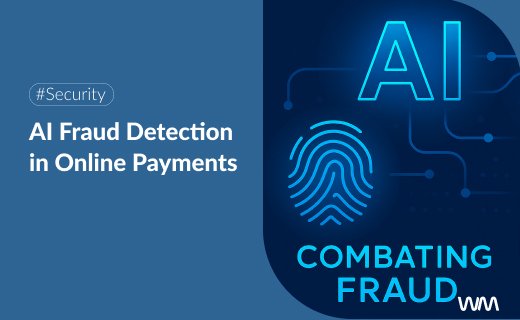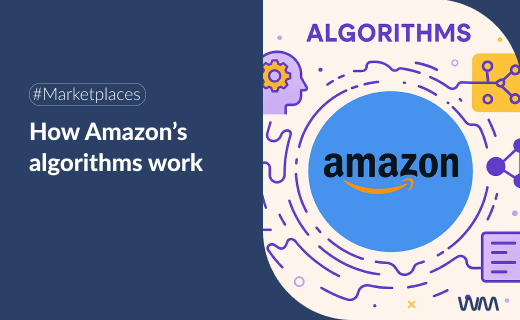As e-commerce, fintech, and new payment methods continue to grow, so do the tactics used by fraudsters. Today, digital payment fraud is one of the biggest threats businesses with an online presence have to face.
According to Juniper Research, global losses from digital payment fraud hit $32 billion in 2023.
But there’s good news: AI-powered fraud detection is becoming a powerful ally in the fight to protect transactions from bad actors.
How is Artificial Intelligence used to detect financial fraud?
Traditional fraud detection methods — based on static rules — are no longer enough. AI and machine learning bring advanced capabilities that adapt and learn in real-time.
Key AI capabilities in fraud prevention:
-
Real-time analysis: Processes millions of transactions per second.
-
Pattern detection: Spots unusual behavior that would be invisible to humans.
-
Continuous learning: Improves automatically with every new transaction.
-
Fewer false positives: Increases accuracy in identifying real fraud.
What technology allows fast analysis of massive data volumes?
Machine learning is at the heart of modern AI payment systems. These algorithms can analyze transaction data (time, location, amount, merchant) to detect patterns and flag potentially fraudulent activity in real time.
Examples of successful implementation:
-
BBVA has deployed AI solutions that analyze over 1,000 variables per transaction, reducing online transaction fraud by more than 52%.
-
PayPal uses advanced algorithms to keep its fraud rate around 0.32%—well below the industry average.
Practical implementation: Key steps
1. Data preparation
-
Gather historical transaction data
-
Clean and enrich the data
-
Identify known cases of fraud and non-fraud
2. Algorithm selection. The most effective include:
-
Classification algorithms: To categorize transactions
-
Anomaly detection: To identify unusual behavior
-
Neural networks: For detecting complex patterns
3. Training and validation
-
Split the data (70% for training, 30% for testing)
-
Continuously train the model
-
Validate using accuracy metrics
Tangible benefits of AI in payments
According to McKinsey, AI can reduce fraud detection costs by 30%, while Forbes reports over 50% improvement in detection accuracy.
Are you already accepting online payments?
Beyond using AI to detect potential fraud, it’s crucial that your online payment software is secure and implements all necessary safeguards to prevent incidents.
Talk to our experts and discover how our payment gateway can help you charge online with full reliability.






